THE BOMBING OF BROOKLYN HEIGHTS (1892)
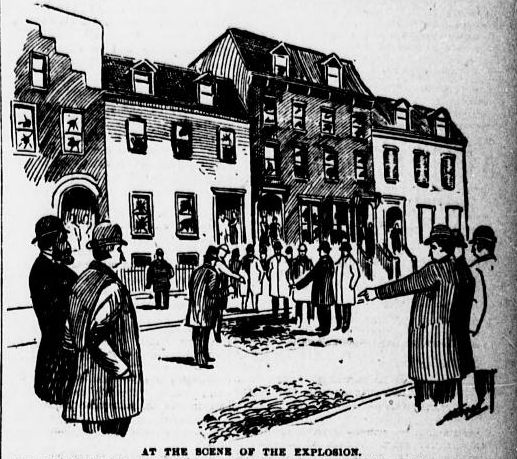
Brownstone Detectives investigates the history of our clients’ homes.
The story you are about to read was composed from research conducted in the course of one of those investigations.
Do you know the history of YOUR house?
********************************************************************************************************************************
It was just past 1 a.m. on a cool Saturday morning in the tony Columbia Heights section of Brooklyn. The police reserves of the Second Precinct, under the able leadership of Sergeant Joseph Carrougher, would soon be arriving on the scene. Carrougher’s desk sergeant had just awoken him out of a deep sleep at the Fulton Street police station.
The sergeant had looked at him gravely in the dark of the room.
“Somebody exploded a dynamite bomb on Willow Street.”
“GROTESQUELY DRESSED, THE RESULT OF A HURRIED TOILET”
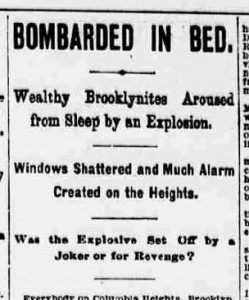
When Carrougher arrived on the scene, he found Officer Seymour, “a portion of whose post was the scene of the explosion,” along with “a crowd of citizens” busily disturbing the crime scene.
It was not too troublesome, however, having this crowd of citizens, “grotesquely dressed, the result of a hurried toilet,” tromping about the evidence. So long as they did not take anything that would assist in apprehending the guilty party.
But many at the scene that night had begun amusing themselves “by digging out the fine white powder of the cobblestone with their penknives,” taking away samples.
Sgt. Carrougher had seen it all in his 25 loyal years of dedication to the force.
And while there were a number of clues that pointed in a variety of directions, the good sergeant was clearly stumped.
Many of the locals were privately suspicious that it was a socialist who had exploded the bomb in an attempt to incite fear in the lives of those safely entrenched in the comfort of this tony quarter. Labor unrest, strikes, and outright attacks on people of property and wealth were becoming increasingly common (and would continue to become so) as the end of the century dawned.
But if not the Socialists or the Knights of Labor – and it was understood that the two were working hand-in-hand these days – then who? and, more importantly, why?
It was on cases like these that Carrougher was glad he lived with his wife and seven children in Ft. Greene – away from the “Rothchilds” and amongst the less regal of gentry.
THE TARGETS
While Carrougher would be unable to determine a suspect on the night of the explosion, after some investigation and interviewing of witnesses, a number of “clews” were discovered and several hypotheses posited as to motives and potential suspects.

The explosion, it was quickly determined, had occurred in the street outside of the No. 45 Willow. This was the home of the “aged Mr. Recknagel,” a former merchant of German descent who, along with his family, had retired early the night before.
General Horatio C. King, the former Postmaster General during President Buchanan’s administration, lived at No. 46 Willow. He had been “slumbering peacefully when the thing happened.”
Architect William B. Tubby, a former partner of John D. Rockefeller, lived at No. 43 Willow; he was rocked awake by the explosion.
“I woke up with a start,” he said, “completely dazed. The gas went out and I heard the rattling of broken glass. The first thing I did was to jump up, throw open the window and look out.”
Contractor John McDermott, who lived almost directly across the street from Mr. Recknagel, at No. 44 Willow, had retired last, having entertained friends there until 11 p.m., before shutting up the house.
THE DAMAGES
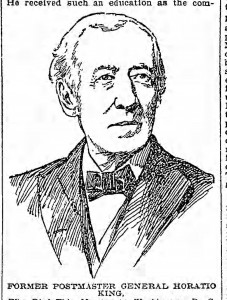
Nearly every window of the first and second floor of Mr. Recknagel’s house had been blown in, and Mr. McDermott’s house, across the way, had fared worse, “for scarcely a whole window was left in the front wall.”
The heavy glass fanlight over Horatio King’s front door was blown in, and there was much damage from broken glass in ten of the adjoining houses.
The fanlight of Architect Tubby’s front door had also been “blown in,” as well as “an upper window.” In bed at the time of the explosion, his room was on the “second floor front, almost directly overlooking the spot where the bomb went off.”
THE MOTIVES
Every resident within the area of the explosion was systematically interviewed and queried as to what they felt may have been the motives for the explosion – did they have any enemies, could they think of a reason that someone may have wanted to hurt them?
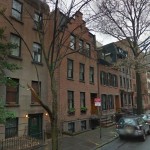
Mr. Recknagel must have been the first to be interviewed as he was ill with “the grip.” As excited as everyone was, he needed to be back in bed convalescing. He, for one, could not remember “that he had an enemy in the world.”
Mr. McDermott, the contractor across the street, noted that he was “a man of peace” who “had no enemies as far as he could remember.” He also answered a question that seemed to be on everyone’s mind – he “had not been mixed up in any labor troubles of late.”
General King’s residence was “reasonably remote from the scene from the scene of the disaster,” and thus there appeared to be no motive for a bomb-thrower to have targeted him. King, himself, suspected that it was “the work of some mischievous or thoughtless person.”
Formerly counsel to the Musical Protective Union, which had been organized to “protect the profession from impostors who had entered its ranks,” King cast aside the suspicion that maybe this union “had had a grievance against him.”
THE “CLEWS”
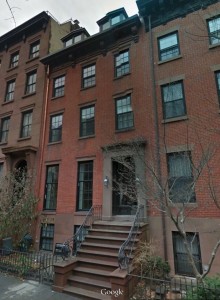
There was every indication that the explosive used in the bomb was “nitro glycerin or dynamite.”
The cobblestone upon which the bomb had rested was shattered and powdered on the surface, while a portion of it had been driven deep into the sandy bed of the street. There was no blackening of the ground as there would have been had gunpowder been used.
Someone picked up a piece of “submarine fuse which had evidently been attached to the bomb” as well as “some fragments of tissue paper such as is used by fruit packers in boxing oranges.” A careful examination of the paper showed that it had been used for that purpose, for on it was printed ‘Brown’s Grove, Florida, high grade fruit.'”
The police supposed that the paper was used as wadding for the bomb or dynamite cartridge. The paper, found beside the fuse, “showed no evidence of scorching,” but was “simply shredded into narrow ribbons.”
THE SUSPECTS
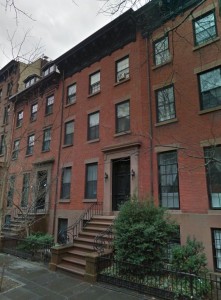
Many of the residents witnessed the sight or sounds of a distressingly disparate skein of potential suspects, all of whom, while they varied greatly in size, age, and dress, were all, at least, men.
Carrougher’s men took down the details of each of these men, surveying them one-by-one to determine if they were leads to be followed.
Could the bomb-thrower have been the “seedy-looking individual” who had been canvassing the neighborhood for signatures in an “anti-Hill campaign” early that evening? (David B. Hill had been a governor and senator of New York, and had been a potential presidential candidate in 1892, but lost to Grover Cleveland. Hill had had the dubious distinction of having put to the first convict to death in the electric chair.)
Was it the “tramp” who was of medium height and build and of middle age, who called at Mr. McDermott’s house around 11 p.m., sending a note to the lady of the house which “briefly intimated that the writer was a discharged convict, who was willing to reform, but had lost all of his friends and was penniless”?
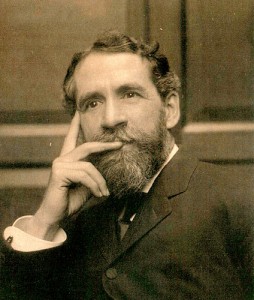
McDermott had noted that it was a “strange hour for anybody to come on such a mission, and the man was turned away without receiving any assistance.”
Horatio King’s daughter, Emma, wondered why she heard “somebody running along the pavement in front of the house.” The footsteps, she noted “faded away in the direction of Cranberry street.”
Mrs. F. B. Rogers, who ran a boarding house at No. 42 Willow Street, “saw a man walking rapidly along Willow street on the opposite pavement. He was stout and well dressed.” The man saw her and waved his hand at her, shouting, “Don’t be alarmed. The explosion was down on the river front.”
William B. Tubby also heard the same becalming statement from the street, but he was certain he had seen two men walking “briskly.”
“I called out to them to see where the explosion was,” he said. “Both the men were tall and heavily built and wore derby hats. One wore a light overcoat and the other a dark one.”
POSTSCRIPT
While a number of men were arrested as possible suspects in this case, they were quickly released when the police determined they had had an alibi or that they simply had nothing to do with the case.
No one was ever arrested and charged with the crime.
In the end, the explosion would seem minor in comparison to the labor unrests, shootings, and strikes that were to materialize throughout the rest of the 1890s.
Perhaps, in the end, this little explosion was simply a harbinger of things to come – or, maybe, a trial run for their ultimate realization.
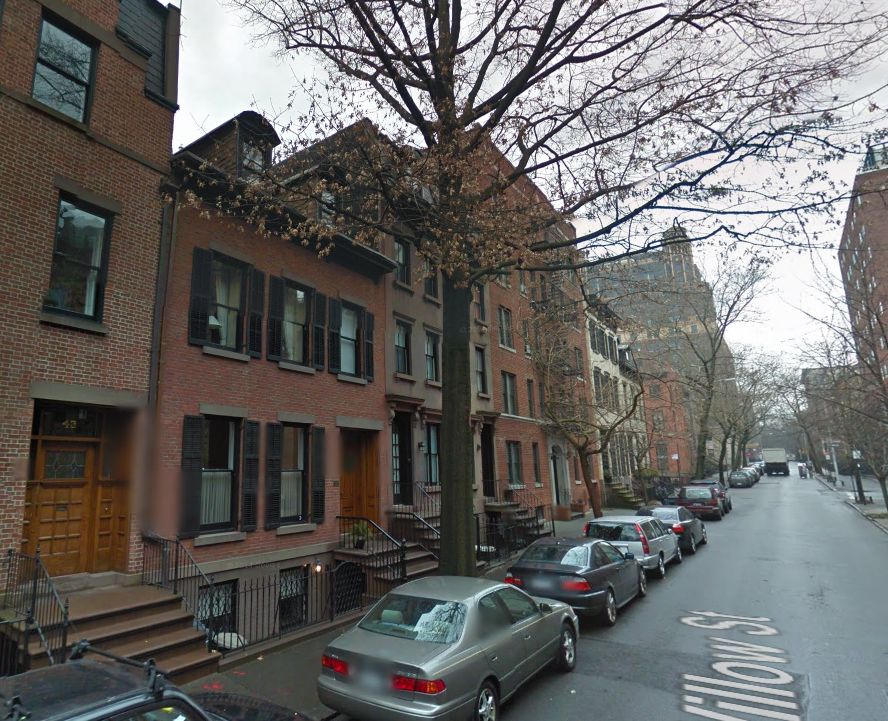
———————————————————————————————————————–
 Brownstone Detectives is an historic property research agency. Our mission is to document and save the histories of our clients’ homes. From our research, we produce our celebrated House History Books and House History Reports. Contact us today to begin discovering the history of your home.
Brownstone Detectives is an historic property research agency. Our mission is to document and save the histories of our clients’ homes. From our research, we produce our celebrated House History Books and House History Reports. Contact us today to begin discovering the history of your home.